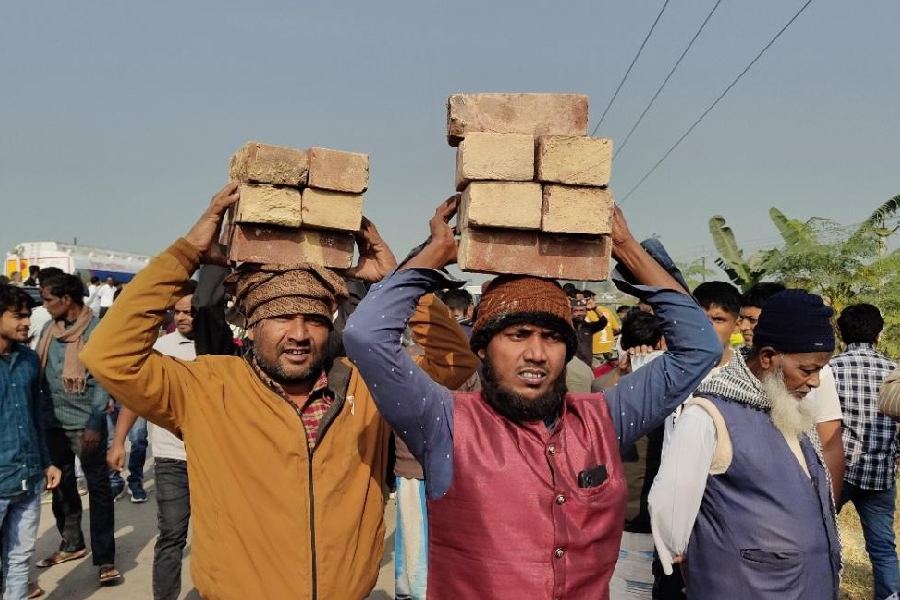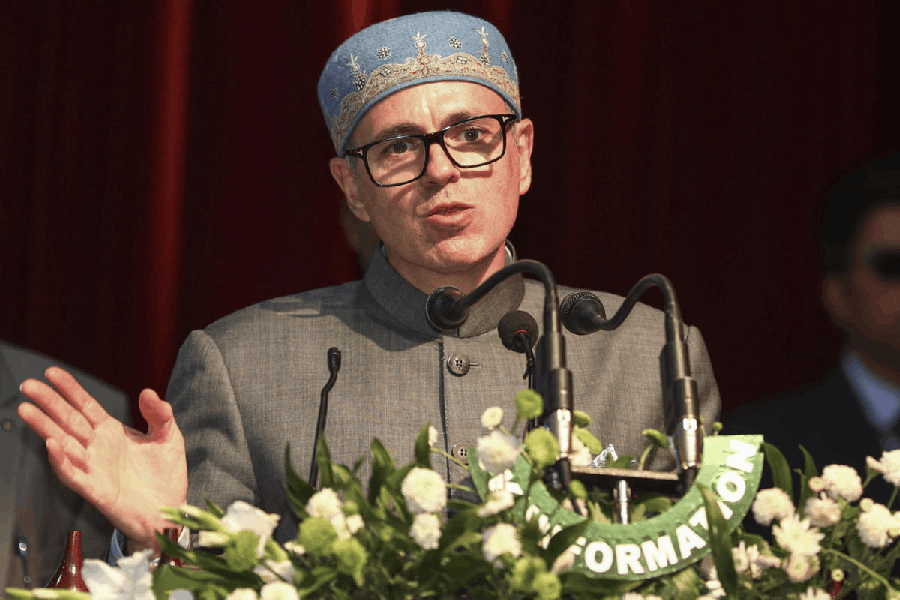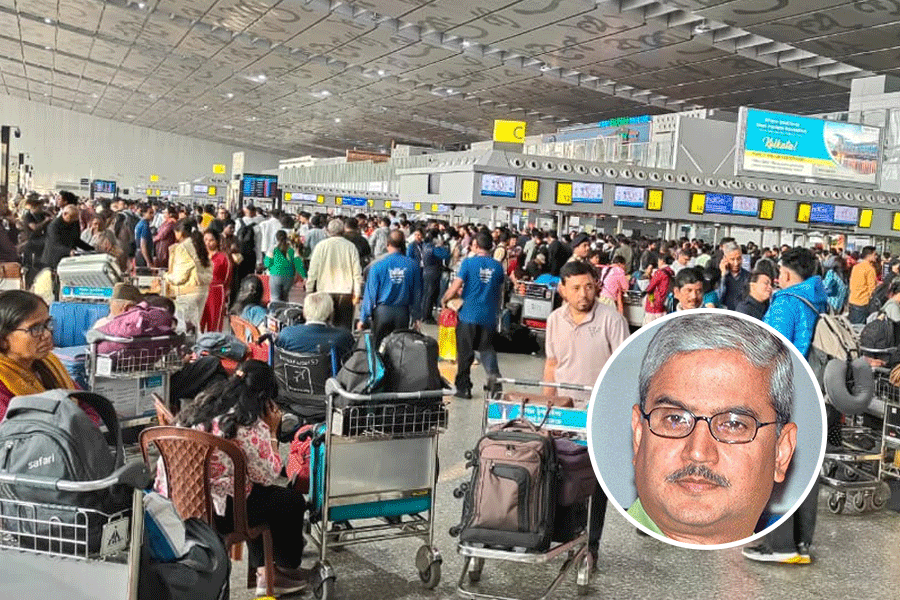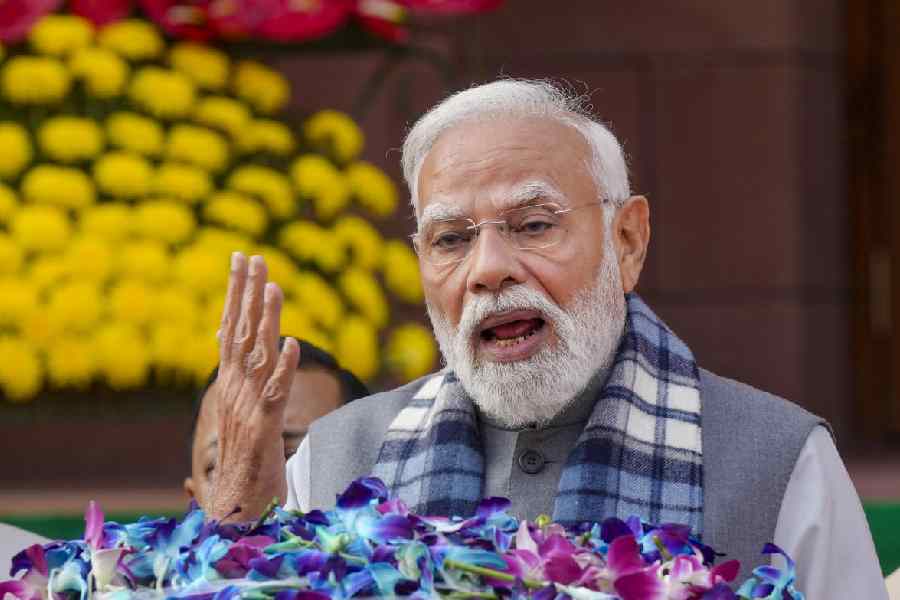India’s official unemployment statistics understate the real extent of joblessness and underemployment, according to a Reuters poll of independent economists, with many estimating that the actual jobless rate could be nearly double the official figure.
Despite India’s status as the world’s fastest-growing major economy – expanding at an annual rate of 7.4 per cent during the January-March quarter – economic growth has failed to generate enough quality jobs for the millions entering the labour market each year.
Prime Minister Narendra Modi’s government, now over a year into its third term after losing its previous dominant majority, faces growing criticism over youth discontent linked to bleak job prospects.
'Does not reflect true situation'
According to the Reuters survey, conducted over the past month, 37 of 50 independent economists – over 70 per cent – believe the official unemployment rate of 5.6 per cent in June does not reflect the true situation. In a similar Reuters poll last year, most economists identified chronic unemployment as the government’s biggest challenge.
Experts point to outdated job definitions as the main problem. In a country of over 1.4 billion, these definitions skew the actual extent of unemployment and underemployment.
“The whole thing to me is really throwing dust in your eyes. You say this is the unemployment rate, the growth rate — quite often, they don't make much sense. We have a massive employment problem and that is not reflected in the data,” said Pranab Bardhan, professor emeritus of economics at the University of California, Berkeley.
Bardhan highlighted how underemployment is overlooked: “Most Indian workers are underemployed. If you are able-bodied and you did not work for any time, not even one hour in the last six months, unless you are rich, how did you feed yourself?... So you scrounge around and do something. And then you are employed. Now what does that employment mean?”
India’s official data, generated through the Periodic Labour Force Survey (PLFS), categorises anyone working at least one hour a week as employed. The Ministry of Statistics and Programme Implementation has defended the credibility of its labour data, citing Computer-Assisted Personal Interviews to ensure quality and highlighting international reliance on its reports.
However, among those economists who attempted alternative estimates, the median jobless rate was pegged at 10 per cent, with responses ranging between 7 per cent and 35 per cent.
For years, India’s official unemployment rate hovered around 4 per cent, partly because unpaid family labour and subsistence-level activities were counted as employment—diverging from international practices and making cross-country comparisons unreliable.
Concerns are not confined to academics alone. “Unemployment is one of our big challenges and I don't believe the government data reflects the true ground situation,” said Duvvuri Subbarao, former Reserve Bank of India Governor (2008-2013). He also flagged that sectors driving growth, such as IT and finance, are less labour-intensive and advocated a sharper policy focus on manufacturing for broader job creation.
Nevertheless, about 25 per cent of surveyed experts expressed confidence in official data. “No one in the world has perfect employment data. People assume the US labour force survey is perfect. It's not. Our PLFS is very robust now. People just don't want to believe it,” said Surjit Bhalla, India’s former executive director at the International Monetary Fund.
Still, several experts noted that even technically sound surveys fail to capture deeper structural employment issues. For instance, India is on track to take at least two more decades to match the female labour force participation rates seen in other G20 nations, the survey suggested.
Wage stagnation underscores the jobs crisis further. “We are home to some of the big dollar billionaires… the wealth of some of the elite has been growing dramatically over the past decade. But real wages are not growing. Half of the workers are getting less than they got even 10 years ago. To me, these are not signs of a healthy economy,” said Jayati Ghosh, professor at the University of Massachusetts Amherst. “We should be prioritising good quality employment generation,” she added.
When asked about solutions, many economists recommended improving education and skills, stimulating private investment, and streamlining regulations.
“Stop selling the narrative that farm jobs growth (is) to be read as jobs growth. Adopt an industrial policy, with a manufacturing strategy that is horizontal in nature, not a PLI type picking winners tactic, that is clearly failing,” argued Santosh Mehrotra, professor at the University of Bath.
India’s Production Linked Incentive (PLI) scheme – designed to boost domestic manufacturing – has already been scaled back within four years of its launch.
(With inputs from Reuters)










